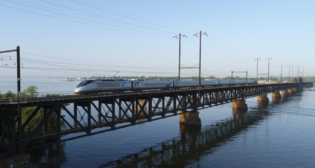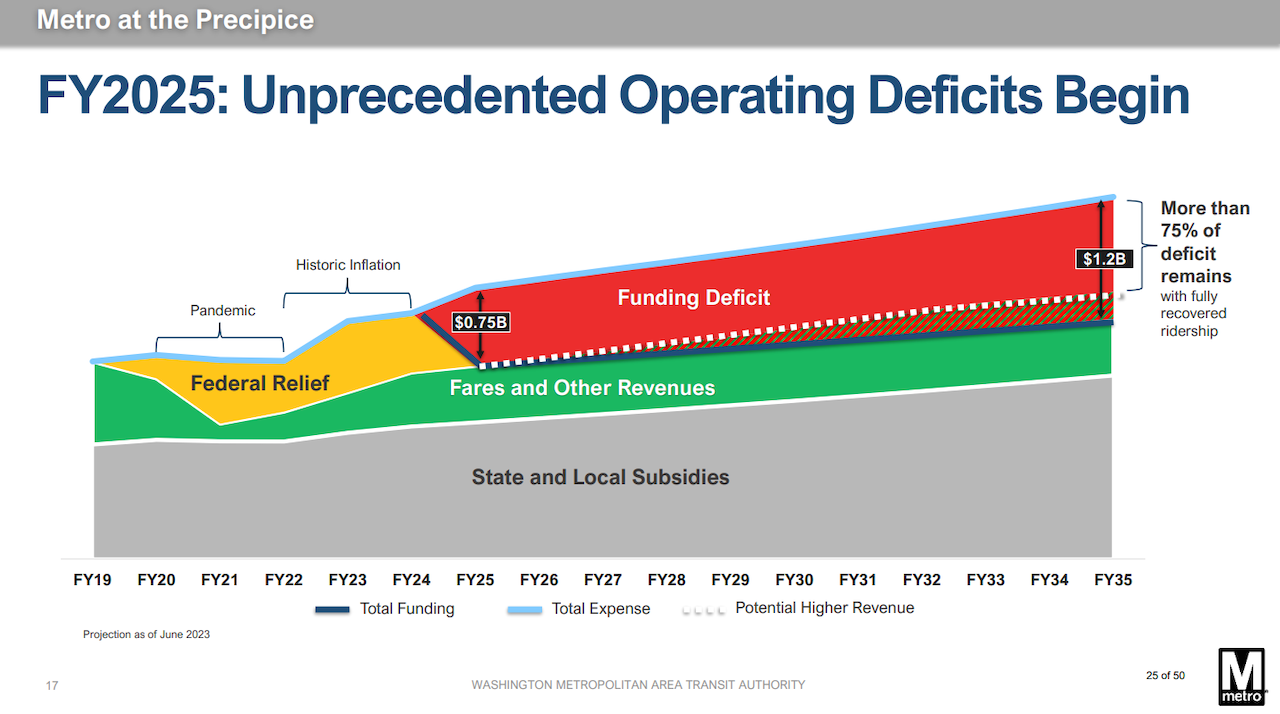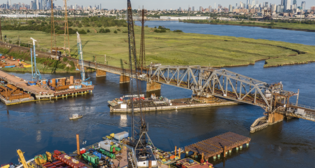
WMATA: $750MM Budget Shortfall Could Lead to ‘Drastic’ Service Cuts
Written by Carolina Worrell, Senior Editor
The Washington Metropolitan Transportation Authority (WMATA) on June 22 detailed its future financial planning to address structural funding issues that will leave a projected $750 million shortfall in the fiscal year 2025 budget when federal COVID-19 relief funding runs out. Without an increase in funding, the agency says it would be forced to make “drastic cuts” to rail, bus and paratransit services across the region.
According to WMATA, the long-term financial issues facing the agency come amid improving service, investments in modernization and growing ridership. As of May, weekday ridership on Metrorail and Metrobus is at 50% and 88% of pre-pandemic levels, respectively, with ridership as high as 800,000 trips or more combined on bus and rail.
Customer satisfaction, WMATA says, is also rising, with rail at 84%, a 16-point increase over the same time last year and bus up two points to 71%. “Fare increases and service cuts alone would not close the gap and could devastate the region financially and economically, reversing the progress made over the past year,” according to the agency.
“We cannot afford to let Metro fail. It is too important to the region, our economy and quality of life, connecting people to jobs and family, reducing gridlock, and cutting carbon emissions,” said WMATA General Manager and CEO Randy Clarke. “Concerns were first raised about the lack of a dedicated and ongoing funding source in 1976 when Metrorail opened, and it is time for the region to come together to solve this serious financial challenge.”
WMATA staff on Thursday presented a detailed analysis (download below) on the agency’s future financial planning to the Board of Directors, including the “vital role of WMATA and impact of potential cuts to the region.”
“Without a strong, reliable transit system millions of people across the region stand to lose,” said WMATA Board Chair Paul C. Smedberg. “Customers would see longer waits, constant gridlock, higher fares and reduced operating hours and the region’s economy could stagnate.”
Nearly three million people living in the region, 70% of jobs, and 50% of employers are located within half-mile of a Metro station or bus stop. Given Metro’s reach, the economic impact of service cuts would “drastically reduce transit’s value to the region,” WMATA said.
According to the analysis, WMATA’s structural funding issues were accelerated by the pandemic with an unprecedented shortfall projected for FY25, the result of “inflation and labor costs, decreased revenue from ridership, and subsidy reduction and forgone annual funding increases to support our local and state funding partners during the pandemic.”
Balancing the budget with service cuts, WMATA says, would require eliminating two-thirds of the agency’s existing service, with no service after 9:30 p.m. All but 37 of 135 bus lines would no longer operate, customers would wait 20-30 minutes for trains on all lines, and MetroAccess would serve a much smaller area with less hours.
“Transit agencies across the country, from Chicago to Los Angeles are facing similar financial difficulties starting as early as FY25 due to the pandemic,” WMATA said. “In New York and California lawmakers have come together to pass legislation to save their transit agencies from financial collapse.”
Over the next year, WMATA says it will engage with federal, state, and local leaders, businesses, and other key stakeholders to “explore long-term funding solutions that would be incorporated into the budget process and implemented next year.”



